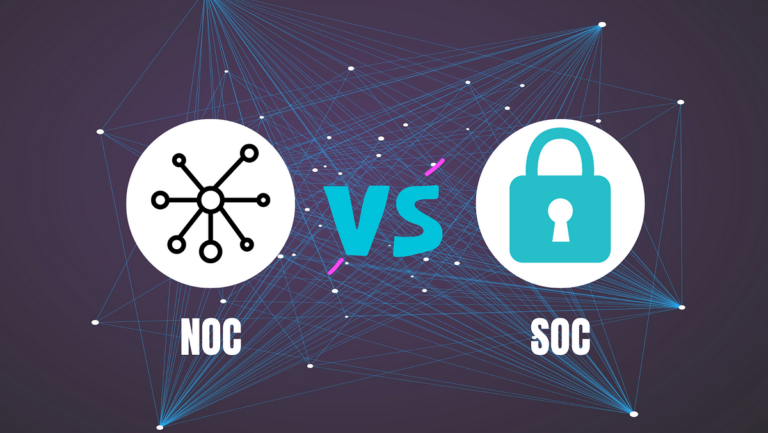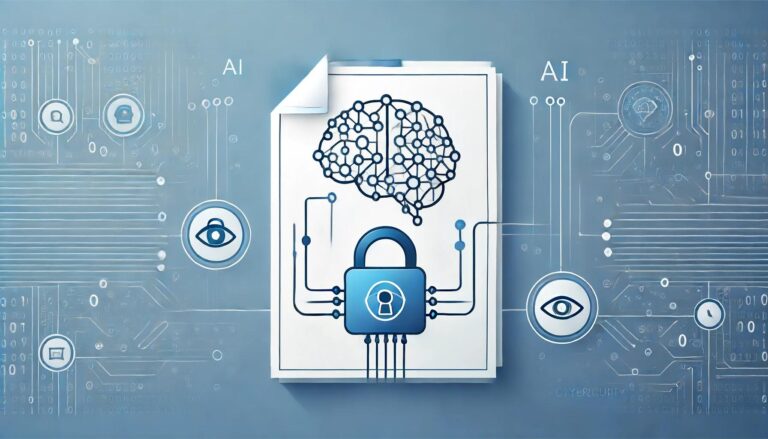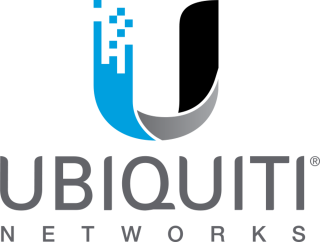In today’s digitally driven workforce, mobile device security has become a paramount concern for businesses across the globe. With the rise of BYOD (Bring Your Own Device) policies and an increase in employee mobile usage, securing mobile devices is not just an option but a necessity. This pressing need comes from the proliferation of mobile threats that can compromise not only individual privacy but also corporate data. Therefore, understanding and implementing robust mobile device security measures is essential to protect your organization’s sensitive information from unauthorized access and cyber threats.
This article will guide you through the important steps for enhancing mobile device security within your workplace. First, we’ll discuss how to develop a comprehensive security policy for mobile devices, addressing both company-owned and employee-owned devices. Next, we’ll explore the implementation of Mobile Device Management (MDM) systems and how they play a crucial role in securing mobile devices. Additionally, we will cover the significance of mobile VPNs and other strategies for addressing common mobile threats. Finally, encouraging secure employee behavior will be examined as a vital component of a holistic mobile device security strategy. By following the outlined recommendations, you can create a safer mobile environment for your business, safeguarding both your data and your employees’ personal information against potential threats.
Developing a Security Policy for Mobile Devices
Developing an effective security policy for mobile devices is crucial in safeguarding your organization’s sensitive data. Here’s how you can structure your policy:
Crafting Acceptable Use Policies
Start by defining an Acceptable Use Policy (AUP) that outlines permissible and prohibited actions for users accessing corporate networks and data. This policy should cover all devices, whether company-supplied or personal, and include guidelines on internet browsing, software installation, and the use of mobile applications. Emphasize the importance of adhering to these guidelines to prevent security breaches and unauthorized data access.
Defining Security Requirements
Your security policy must specify technical requirements like encryption, passcode protocols, and the prohibition of device modifications such as jailbreaking. Detail the use of secure VPNs for network access and set rules against using unsecured public Wi-Fi. Additionally, outline the requirements for password complexity and the regular updating of these passwords to enhance security measures.
Creating Procedures for Lost or Stolen Devices
Establish clear procedures for reporting lost or stolen devices to minimize potential data breaches. Include steps for remote wiping and data encryption to protect corporate information. Ensure that all employees are aware of these procedures and understand the importance of immediate reporting to enable swift response actions.
Implementing Mobile Device Management (MDM)
Choosing the Right MDM Solution
Selecting an appropriate Mobile Device Management (MDM) solution is crucial. Consider factors such as the ability to manage diverse operating systems, the ease of integration with existing systems, and the scope of management features like remote wipe, app management, and compliance tracking. Solutions like Microsoft InTune, VMware’s Workspace ONE, and MobileIron provide robust options tailored to various organizational needs.
Enrolling and Managing Devices
Once the right MDM solution is in place, the next step is enrolling devices. This can be achieved through automated processes like email or SMS links, QR codes, or manual entry by IT staff. Post-enrollment, IT admins can remotely configure settings, push updates, and manage applications to ensure compliance with corporate policies.
Using MDM for BYOD Programs
For BYOD scenarios, it’s essential to balance security with privacy. MDM solutions should enable the management of business data while respecting personal boundaries. Features like containerization help separate personal and corporate data. Clear communication about what is monitored, such as location tracking and app inventory, helps maintain trust and compliance among users.
Addressing Common Mobile Threats
Addressing common mobile threats in the workplace involves a proactive approach to safeguarding sensitive information from a variety of risks. Here’s how you can protect your organization:
Phishing and Smishing Attacks
Phishing attacks, often delivered via email, and smishing, their SMS counterparts, use deceptive messages to trick recipients into revealing sensitive data. Always verify the authenticity of communications and avoid clicking on links from unknown sources. Implement training programs to educate your employees about these tactics and encourage the use of multi-factor authentication (MFA) to add an additional layer of security.
Malicious Apps and Software
Malicious applications can secretly harvest data from mobile devices, posing significant risks to both personal and corporate information. Encourage employees to download apps only from trusted sources like the Google Play Store or Apple App Store. Regularly update antivirus software and educate your team on recognizing suspicious app behavior, such as unexpected data usage or performance issues.
Security Risks from Public Networks
Connecting to unsecured public Wi-Fi networks can expose your mobile devices to attacks such as malware installation, session hijacking, and data interception. Educate your employees about the dangers of public Wi-Fi and provide them with tools like VPNs to secure their connections. Implement policies that discourage the use of public Wi-Fi for accessing company data and promote the use of secure, encrypted connections whenever possible.
By addressing these common mobile threats with comprehensive policies and informed employee behavior, your organization can significantly reduce its vulnerability to cyber attacks.
Encouraging Secure Employee Behavior
Creating a Security-First Culture involves integrating security into every aspect of your organization. It starts with top management backing and the understanding that security is everyone’s responsibility. By fostering a security-first mindset, you encourage employees to consider the security implications of every action, from accessing networks to responding to information requests.
Regular Security Training Sessions
Regular security training sessions are essential to keep your employees aware of the latest threats and best practices. These sessions should be engaging and practical, incorporating role-playing, gamification, and real-life scenarios to help employees understand and remember the information. Training should be delivered in manageable, small groups to ensure effectiveness and should be updated regularly to address new security challenges.
Monitoring and Feedback Mechanisms
Implementing monitoring tools that track employee compliance with security policies is crucial. Regular feedback should be provided to employees about their security practices. Use monitoring data to identify areas where employees may need additional training or support. Encourage a culture where employees are comfortable reporting security concerns and where these concerns are addressed promptly and effectively. This proactive approach not only prevents security incidents but also fosters an environment of continuous improvement in security practices.
Conclusion
Throughout this guide, we’ve navigated the crucial steps necessary for hardening mobile device security within the modern workplace. From developing comprehensive mobile device security policies to tackling BYOD challenges with the aid of Mobile Device Management (MDM) solutions, the strategies shared aim to shield your organization from the ever-evolving cyber threats. The implementation of secure VPNs, along with promoting a culture of security awareness among employees, further fortifies this defensive stance, making the safeguarding of both company and personal data against unauthorized access a tangible achievement.
The significance of these measures extends beyond mere compliance; they embody a proactive commitment to maintaining the integrity and confidentiality of sensitive information in a digital age dominated by mobile connectivity. As cyber threats continue to advance, so too must our efforts to counteract them through continuous education, policy refinement, and the adoption of cutting-edge security technologies. Acknowledging the shared responsibility in cyber defense empowers each member of the organization to act as a vigilant custodian of data, nurturing a security-first culture that benefits all stakeholders.
FAQs
1. What strategies can be employed to enhance security on company mobile devices?
To secure mobile devices in a company, several measures should be implemented. These include encryption to ensure all data on the device is encrypted, enforcing strong password policies and screen lock requirements, and managing the installation and access permissions of apps that can access company data.
2. How is security typically implemented on mobile devices?
Security on most mobile devices can be enhanced by using the built-in encryption feature. Users should activate this feature and set a strong password to encrypt their device, thereby converting stored data into a code accessible only to authorized users.
3. What are key security tips for protecting your mobile operating system?
To secure your mobile devices, consider these key tips: keep your software updated, use strong passwords, activate auto-lock features, avoid using public networks, only download apps from trusted sources, carefully review app permissions, regularly back up your data, and use security apps.
4. What are the best practices for implementing mobile device management?
Effective mobile device management can be achieved by following these best practices: require passcodes, use anti-virus software, enforce regular updates, restrict the use of rooted devices, allow only approved apps, avoid public WiFi and USB ports, enforce regular backups of files, and ensure losses are reported immediately.










